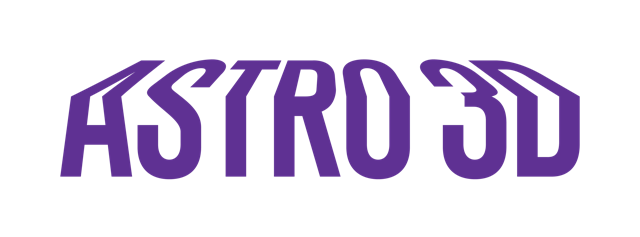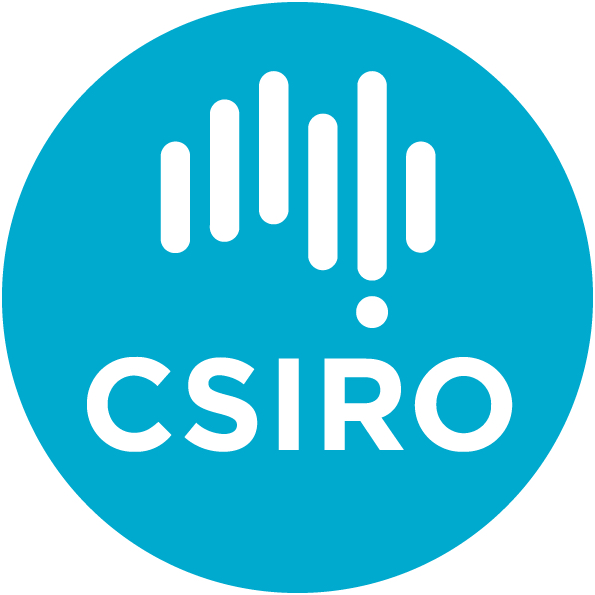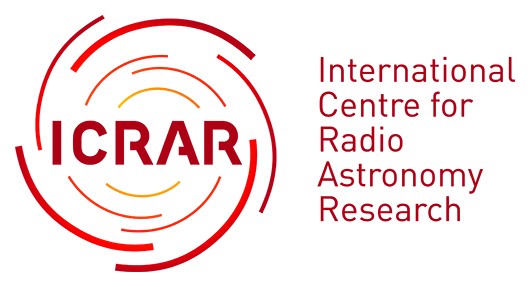August 2021
Editor: Tristan Reynolds
Foreword
Tristan Reynolds
Welcome to the August 2021 edition of the WALLABY newsletter! There is lots of exciting work going on within the team! We’ve had all Pilot Survey phase 1 data released internally to the team with over 500 HI detections, nearly 100 galaxies with kinematic modelling and a number of papers accepted, submitted and in preparation.
In this issue, we have science updates from Chandrashekar Murugeshan and Bi-Qing For on their work involving the Eridanus Supergroup and Benne Holwerda on WALLABY galaxy morphometrics. There are profiles on 7 new WALLABY members who have joined since February. We have updates from Technical Working Groups 3, 4, 5 and 7 and Science Working Groups 1, 2 and 5. Happy reading!
Message from the PI
Lister Staveley-Smith
Since the last newsletter was released, the WALLABY team has had 5 papers containing data from our pre-Pilot and Pilot phase 1 observations accepted for publication, which is a very pleasing result. More papers are being drafted (PS report). Meanwhile, our Pilot phase 2 observations have started and we expect level 7 data products to be distributed to the team once quality assurance is passed (PS and PM reports). All is made possible by the ASKAP operations team and our own Technical and Science working groups who have contributed so much to facilitate quality WALLABY science. Congratulations to all!
The next few months will be a busy period preparing for the ASKAP review process, the outcome of which will hopefully be the prompt commencement of the full WALLABY survey in 2022. In support of the full survey, it is pleasing to note that there is increasing engagement of WALLABY team members with other science projects (and vice versa) in the optical, radio and theory domains (the SWG 5 report has some details).
Message from the project manager
Tobias Westmeier
The most important event for WALLABY this year will be the official Review of ASKAP Survey Science Projects (RASSP). The review will provide the SSPs with the opportunity to update their science case which may have evolved significantly since 2009 when the original proposals were submitted and approved. Another important aspect of the review will be the allocation of observing time, with full survey observations currently expected to start in early 2022. A formal call for input into the review process was sent out to the SSPs in August 2021 with a due date for input in November. The WALLABY management team will be working with the working group chairs and the rest of the team over the next few months to coordinate our response.
Meanwhile, phase 2 of ASKAP pilot observations has formally started, and two of WALLABY’s quality gate tiles have already been observed and are in the process of being calibrated and imaged. Once the quality gate observations have been checked and passed, observations will proceed with the remaining phase 2 tiles. The source finding and kinematics working groups will continue to deliver source catalogues and data products to the team for scientific analysis in a timely fashion.
With phase 1 pilot survey observations completed and phase 2 observations officially under way, we have started to organise more regular WALLABY science meetings on a bimonthly cadence. The main purpose of these meetings is to allow team members to present and discuss the results of their scientific analysis of WALLABY data and receive feedback from the rest of the team. The first three meetings (in March, May and July this year) were each attended by 25–30 team members and were highly successful in stimulating lively discussions between the audience and the speakers. The next science meeting will be held in September, with the option of having a more formal, full-day science meeting towards the end of the year.
Finally, I am pleased to announce that WALLABY’s source finding pipeline, SoFiA, has taken third place out of about 40 teams participating in the recent SKA Science Data Challenge 2. This is an excellent outcome and a testimony to the quality of our HI source finding. Please see the TWG 4 report for more information.
Message from the project scientist
Karen Lee-Waddell
Science, science, and more science! WALLABY team members are busy doing science and getting results published.
In the last few months, WALLABY has had 6 papers accepted for publication and a few others in fairly advance stages (please refer to Table 1). It is super exciting to see the diversity of the science that is currently being produced, knowing that we have only scratched the surface of what WALLABY will accomplish.
Phase 2 of the WALLABY Pilot Survey should set the stage for even more science. The bulk of the observations will lie along the large-scale structure that extends between Virgo and the Shapley Concentration (see Figure 1). We will also have fields that will be observed commensally with other Survey Science Teams, in order to coalesce on observing strategies that will maximise the output of ASKAP’s 5-year Full Science phase.
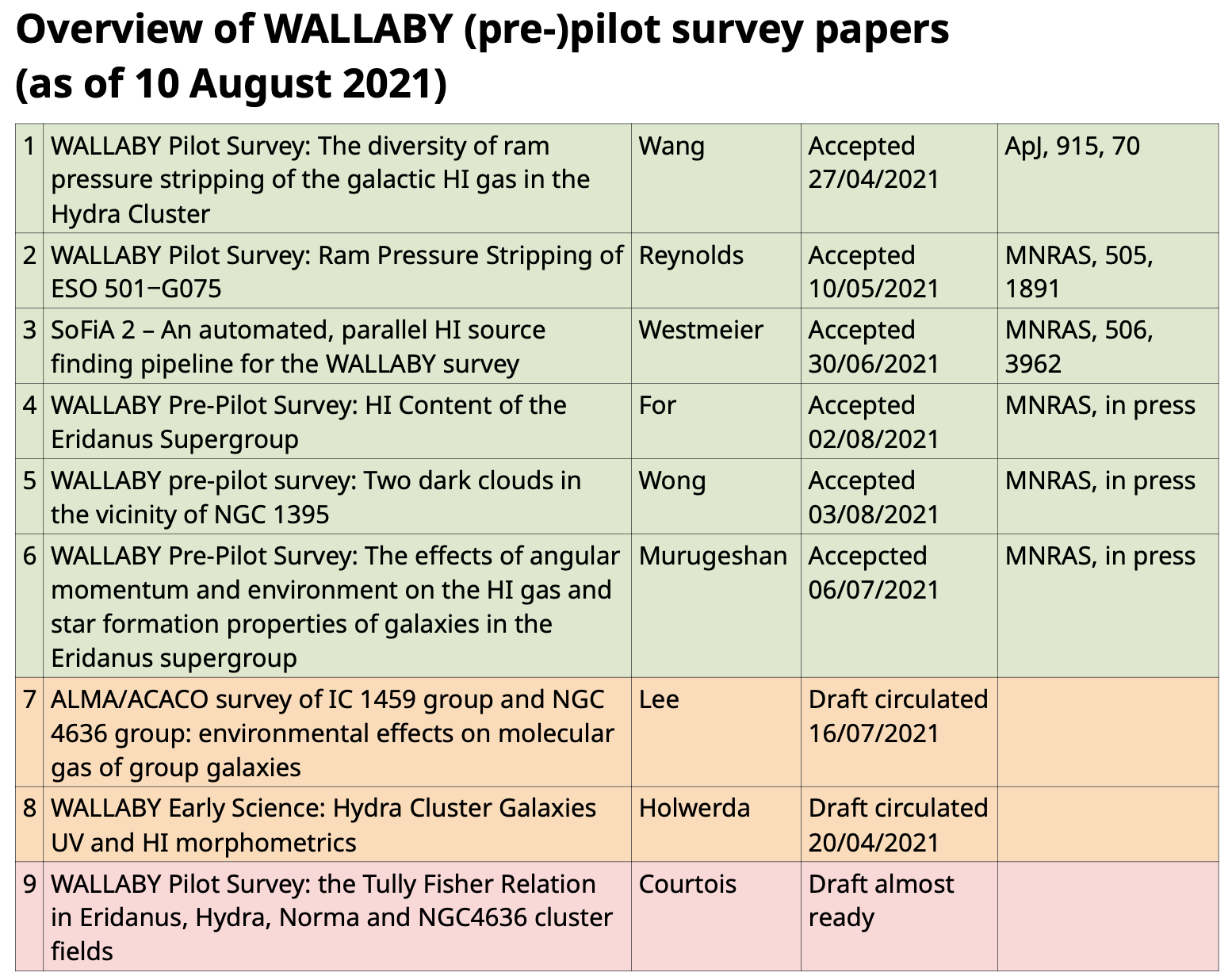
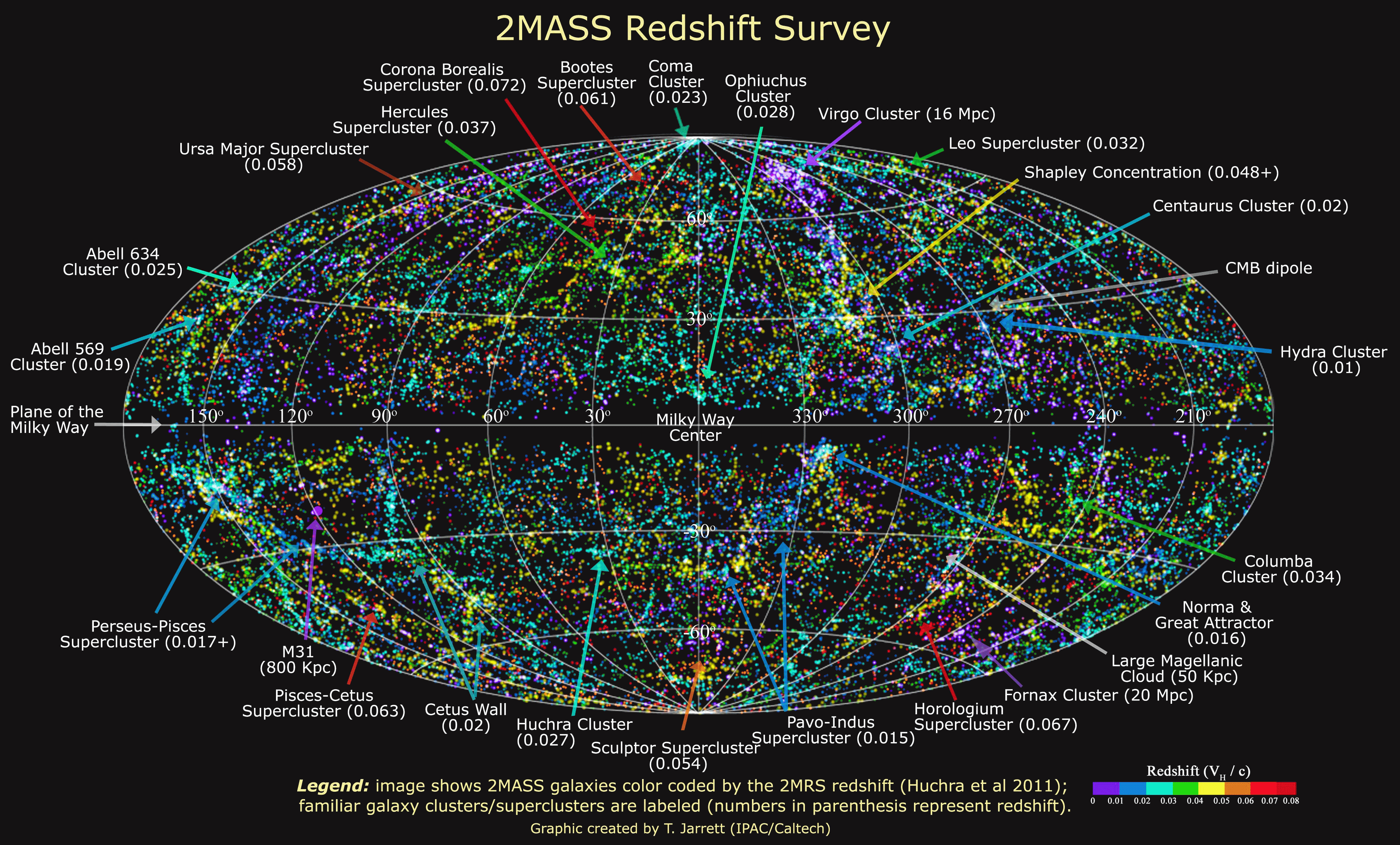
New Member Profiles
Jeremy Darling
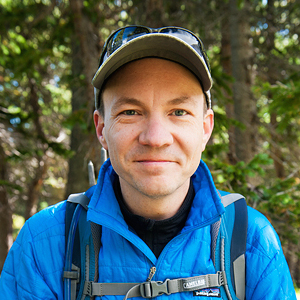 I am a professor at the University of Colorado, Boulder. I work on cosmology, galaxy evolution, and massive black holes. Currently, my research focus is on “real-time” cosmology and dark matter detection, but upcoming ASKAP and MeerKAT surveys have revived the relevance and impact of extragalactic OH maser studies.
I am a professor at the University of Colorado, Boulder. I work on cosmology, galaxy evolution, and massive black holes. Currently, my research focus is on “real-time” cosmology and dark matter detection, but upcoming ASKAP and MeerKAT surveys have revived the relevance and impact of extragalactic OH maser studies.
WALLABY offers an exciting opportunity to conduct the largest unpointed survey for OH megamasers, which are bright signposts of major gas-rich galaxy mergers and extreme star formation conditions. Hayley Roberts, a PhD student at Colorado, predicts that WALLABY will increase the number of known OH megamasers by an order of magnitude and thereby expand our understanding of these phenomena, the OH megamaser luminosity function, and the physical conditions and merger timing that promote maser action. We may also find OH in unexpected places or settings, which is simply not possible in pointed surveys.
Alexandra Dupuy
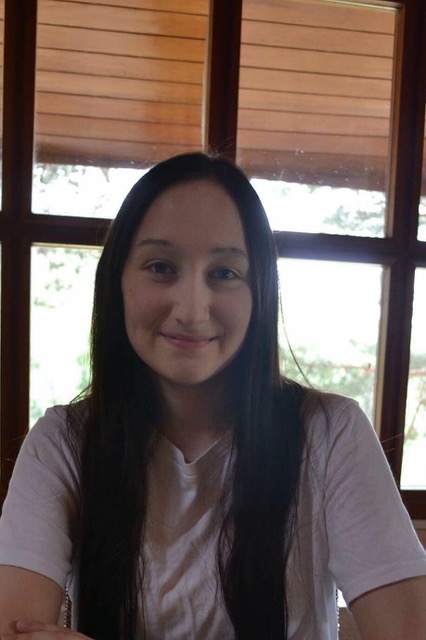
I completed my PhD at the University of Lyon and the Institute of Physics of the 2 Infinites of Lyon in 2018, and I am now a postdoc in the same institute.
During my PhD, I worked on HI observations conducted at the Greenbank radiotelescope. The Tully-Fisher distances derived from the GBT data will be included in the upcoming Cosmicflows-4 catalog, along with other galaxy distances obtained with various methodologies.
I have also been analysing the velocity field derived from the latest Cosmicflows-3 catalog, with a segmentation technique which allows us to divide the local universe into gravitational basins. More recently, I have been working on the HESTIA simulations of the Local Group, looking for a preferred direction of infalling satellites of the Milky Way and Andromeda in the context of the cosmic web.
Sarah Leslie
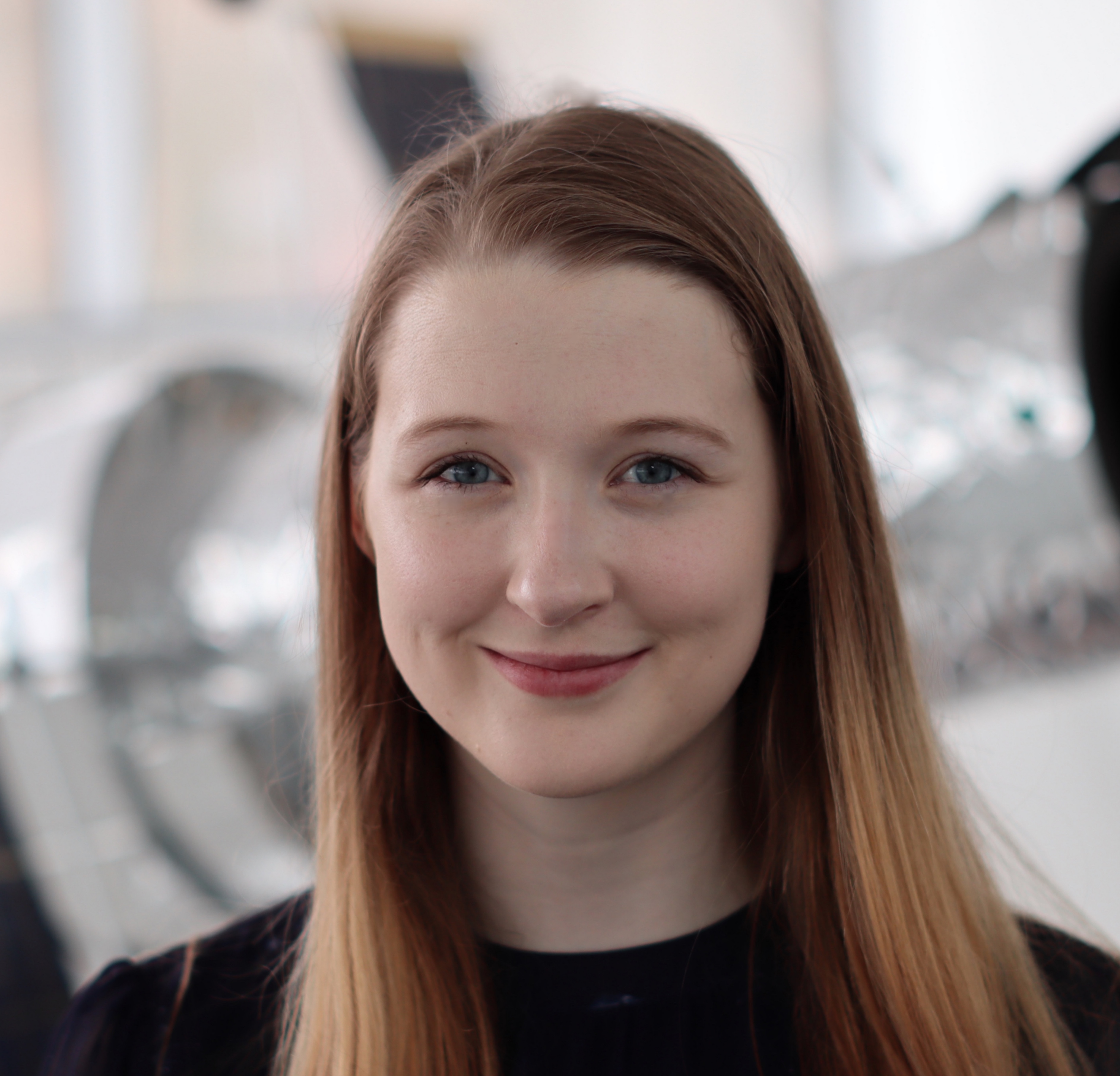 I am an Oort Postdoctoral Research Fellow at Leiden Observatory in the Netherlands. I study star formation and quenching in galaxies across cosmic time. My expertise covers optical, sub-mm, and radio astronomy, as well as local and distant galaxies. Some of my current projects focus on understanding multi-frequency radio spectra of star-forming galaxies using LOFAR, MeerKAT, and GMRT data, and others focus on the molecular and ionized gas in low-luminosity radio AGN. In the future, I hope to combine WALLABY data with radio continuum and optical spectroscopic surveys, such as 4MOST Hemisphere Survey, to build the statistical samples required to disentangle the roles of galaxy environment and AGN feedback on star formation. I look forward to being more involved in HI science through the WALLABY survey!
I am an Oort Postdoctoral Research Fellow at Leiden Observatory in the Netherlands. I study star formation and quenching in galaxies across cosmic time. My expertise covers optical, sub-mm, and radio astronomy, as well as local and distant galaxies. Some of my current projects focus on understanding multi-frequency radio spectra of star-forming galaxies using LOFAR, MeerKAT, and GMRT data, and others focus on the molecular and ionized gas in low-luminosity radio AGN. In the future, I hope to combine WALLABY data with radio continuum and optical spectroscopic surveys, such as 4MOST Hemisphere Survey, to build the statistical samples required to disentangle the roles of galaxy environment and AGN feedback on star formation. I look forward to being more involved in HI science through the WALLABY survey!
Daniel Pomarède
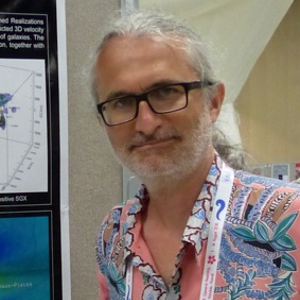 I completed my PhD on cosmology and particle physics back in 1999 at Ecole Polytechnique with a thesis on the search for antimatter in the cosmic rays spectrum using the 10m IACT telescope at Mount Hopkins. After a spell of six years devoted to the preparation of the muon spectrometer of the ATLAS experiment at the CERN/LHC collider, including an INFN postdoc at the University of Rome, La Sapienza, I came back to astro at CEA University Paris-Saclay, and joined the team of cosmographers of Hélène Courtois and Brent Tully, contributing in the analysis of the first three generations of Cosmicflows catalogs of galaxy peculiar velocities, used to map the 3D distribution of matter and flows in the local universe. My plan in the WALLABY Project is to study the environment of the galaxies of the WALLABY Survey, based on our knowledge of the cosmography as inferred from Cosmicflows density and velocity fields, and reciprocally, learn more on our local cosmic cartography thanks to these surveys.
I completed my PhD on cosmology and particle physics back in 1999 at Ecole Polytechnique with a thesis on the search for antimatter in the cosmic rays spectrum using the 10m IACT telescope at Mount Hopkins. After a spell of six years devoted to the preparation of the muon spectrometer of the ATLAS experiment at the CERN/LHC collider, including an INFN postdoc at the University of Rome, La Sapienza, I came back to astro at CEA University Paris-Saclay, and joined the team of cosmographers of Hélène Courtois and Brent Tully, contributing in the analysis of the first three generations of Cosmicflows catalogs of galaxy peculiar velocities, used to map the 3D distribution of matter and flows in the local universe. My plan in the WALLABY Project is to study the environment of the galaxies of the WALLABY Survey, based on our knowledge of the cosmography as inferred from Cosmicflows density and velocity fields, and reciprocally, learn more on our local cosmic cartography thanks to these surveys.
Hayley Roberts
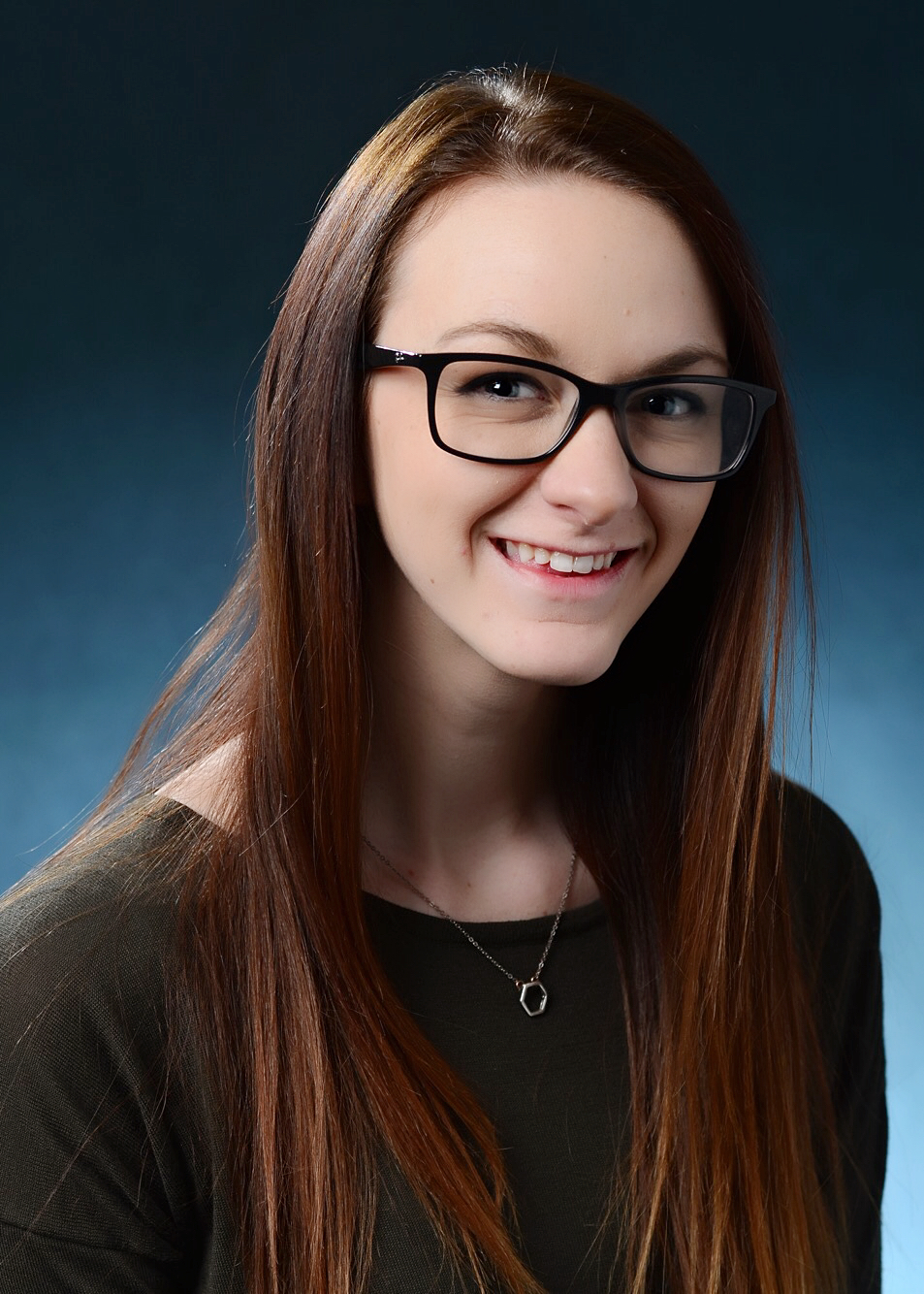 I am a PhD candidate at the University of Colorado, Boulder working with Dr. Jeremy Darling. My main research interest is in OH megamasers (or OHMs) and what they can tell us about galaxy evolution. OHMs are rare phenomena found in (U)LIRGs and produced by major galaxy mergers. They represent some of the most extreme conditions we’ve discovered in our universe with high dense gas content, star formation rates, and far-IR radiation. So far, only ~110 of these sources have been discovered. However, the OH line produced by OHMs occurs at a rest wavelength of 18 cm and can “spoof” the 21 cm HI line – presenting both a source of contamination for HI surveys as well as a unique way to find new OHMs. Recently, we predicted that upcoming HI surveys, such as WALLABY, could detect an unprecedented number of new OHMs and developed new methods for flagging potential OHMs using a k-Nearest Neighbors algorithm and near- to mid-IR photometry (Roberts et al. 2021). I’m very excited to join the WALLABY team to help search for these objects and test our methods on brand new high quality data.
I am a PhD candidate at the University of Colorado, Boulder working with Dr. Jeremy Darling. My main research interest is in OH megamasers (or OHMs) and what they can tell us about galaxy evolution. OHMs are rare phenomena found in (U)LIRGs and produced by major galaxy mergers. They represent some of the most extreme conditions we’ve discovered in our universe with high dense gas content, star formation rates, and far-IR radiation. So far, only ~110 of these sources have been discovered. However, the OH line produced by OHMs occurs at a rest wavelength of 18 cm and can “spoof” the 21 cm HI line – presenting both a source of contamination for HI surveys as well as a unique way to find new OHMs. Recently, we predicted that upcoming HI surveys, such as WALLABY, could detect an unprecedented number of new OHMs and developed new methods for flagging potential OHMs using a k-Nearest Neighbors algorithm and near- to mid-IR photometry (Roberts et al. 2021). I’m very excited to join the WALLABY team to help search for these objects and test our methods on brand new high quality data.
Amidou Sorgho
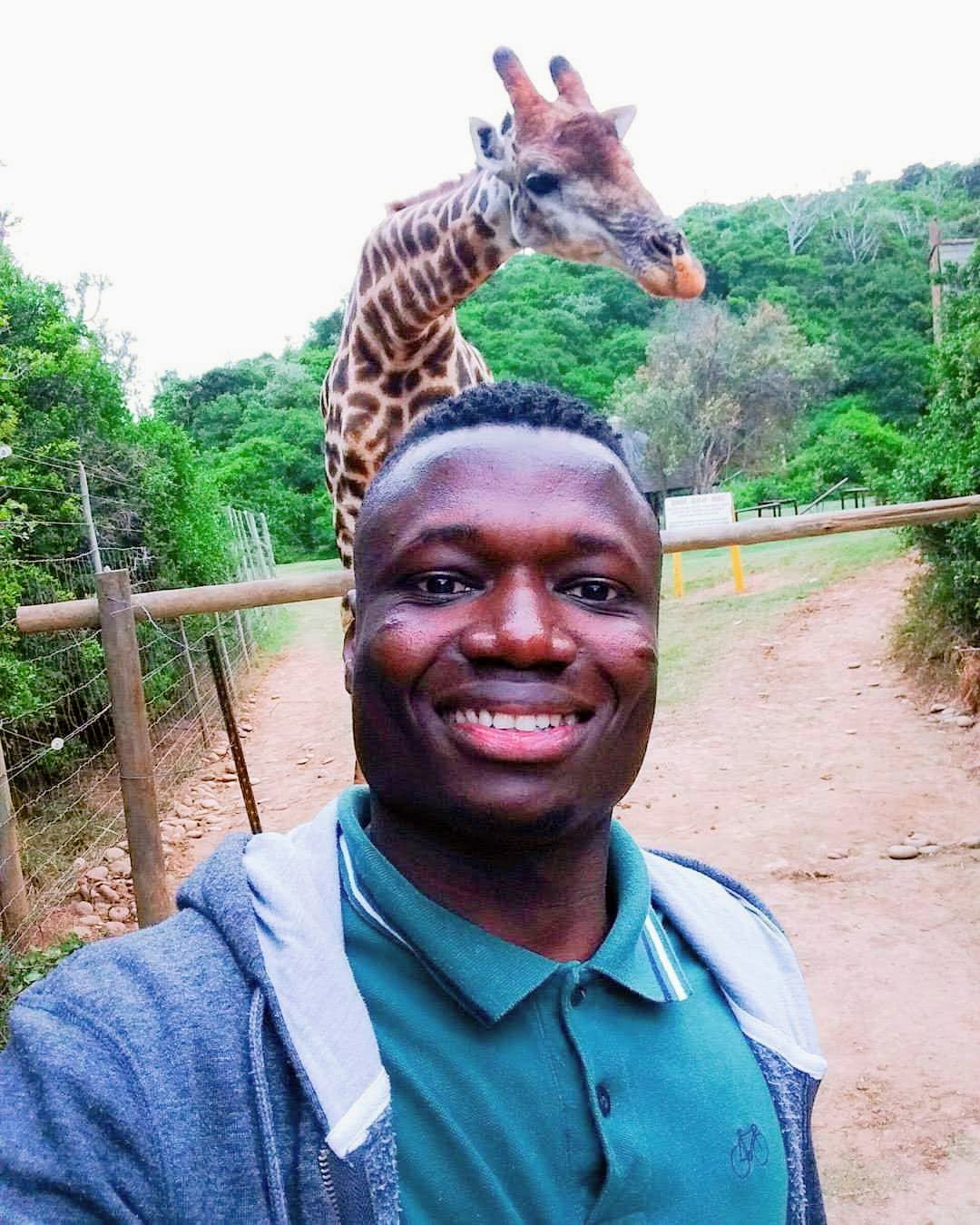 I am a postdoctoral research associate at the CSIC-IAA in Granada, Spain. I completed my PhD in 2019 at the University of Cape Town in South Africa, during which I used high-sensitivity 21cm observations to perform a kinematical analysis of the neutral gas in the M81 galaxy group. My current research within the AMIGA team at the CSIC-IAA looks at how the environment in which galaxies evolve affects their kinematics, with a particular focus on the behaviour of angular momentum.
I am a postdoctoral research associate at the CSIC-IAA in Granada, Spain. I completed my PhD in 2019 at the University of Cape Town in South Africa, during which I used high-sensitivity 21cm observations to perform a kinematical analysis of the neutral gas in the M81 galaxy group. My current research within the AMIGA team at the CSIC-IAA looks at how the environment in which galaxies evolve affects their kinematics, with a particular focus on the behaviour of angular momentum.
I’m delighted to join the WALLABY team, and to contribute to the brilliant work being conducted by the TWG3 and TWG5 groups. I am particularly interested in the kinematical analysis of the survey’s HI resolved detections, and the distribution of angular momentum in these detections relatively to their fundamental parameters. I look forward to the interesting results that will come out of these studies, and how they will better our understanding of galaxy formation and evolution.
Yong Zheng
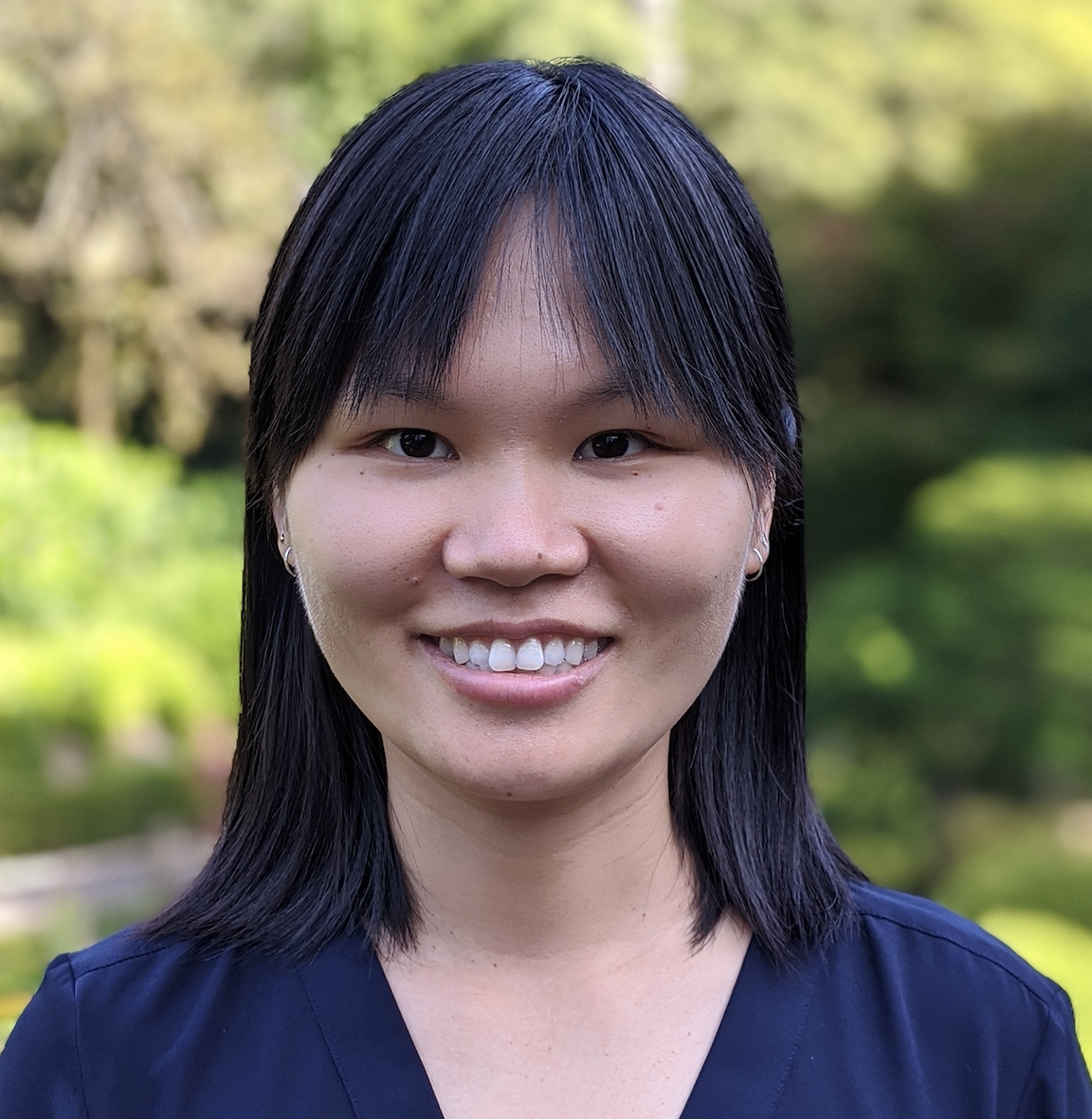 I obtained my PhD from Columbia University in 2018 and have been a postdoc affiliated with the Department of Astronomy and the Miller Institute for Basic Research in Science at University of California Berkeley since then. Starting in Fall 2022, I will join the Department of Astronomy at Tsinghua University as an assistant professor. I am interested in the cosmic baryon cycle that connects a galaxy and its circumgalactic medium (CGM). The cosmic baryonic cycle includes gas inflows, outflows, and recycling that extend over tens and hundreds of kiloparsecs. My research focuses on constructing a coherent picture of how baryons are cycled and recycled in the CGM using multi-wavelength observations such as HI, optical, and UV spectroscopy.
I obtained my PhD from Columbia University in 2018 and have been a postdoc affiliated with the Department of Astronomy and the Miller Institute for Basic Research in Science at University of California Berkeley since then. Starting in Fall 2022, I will join the Department of Astronomy at Tsinghua University as an assistant professor. I am interested in the cosmic baryon cycle that connects a galaxy and its circumgalactic medium (CGM). The cosmic baryonic cycle includes gas inflows, outflows, and recycling that extend over tens and hundreds of kiloparsecs. My research focuses on constructing a coherent picture of how baryons are cycled and recycled in the CGM using multi-wavelength observations such as HI, optical, and UV spectroscopy.
I am excited to join WALLABY! Some of my recent work aim to study the diffuse ionized CGM of nearby isolated dwarf galaxies using metal absorption lines observed with the Hubble Space Telescope. My work has shown that there is a substantial amount of metals contained in these galaxies’ CGM. I am interested in using WALLABY observations to study the connection between the diffuse ionized CGM and the HI content in dwarf galaxies in the local Universe. I also look forward to learning more about the kinematic structures of nearby dwarf galaxies resolved by WALLABY.
Effects of Angular Momentum and Environment on the HI Gas Properties of the Eridanus Galaxies
by Chandrashekar Murugeshan
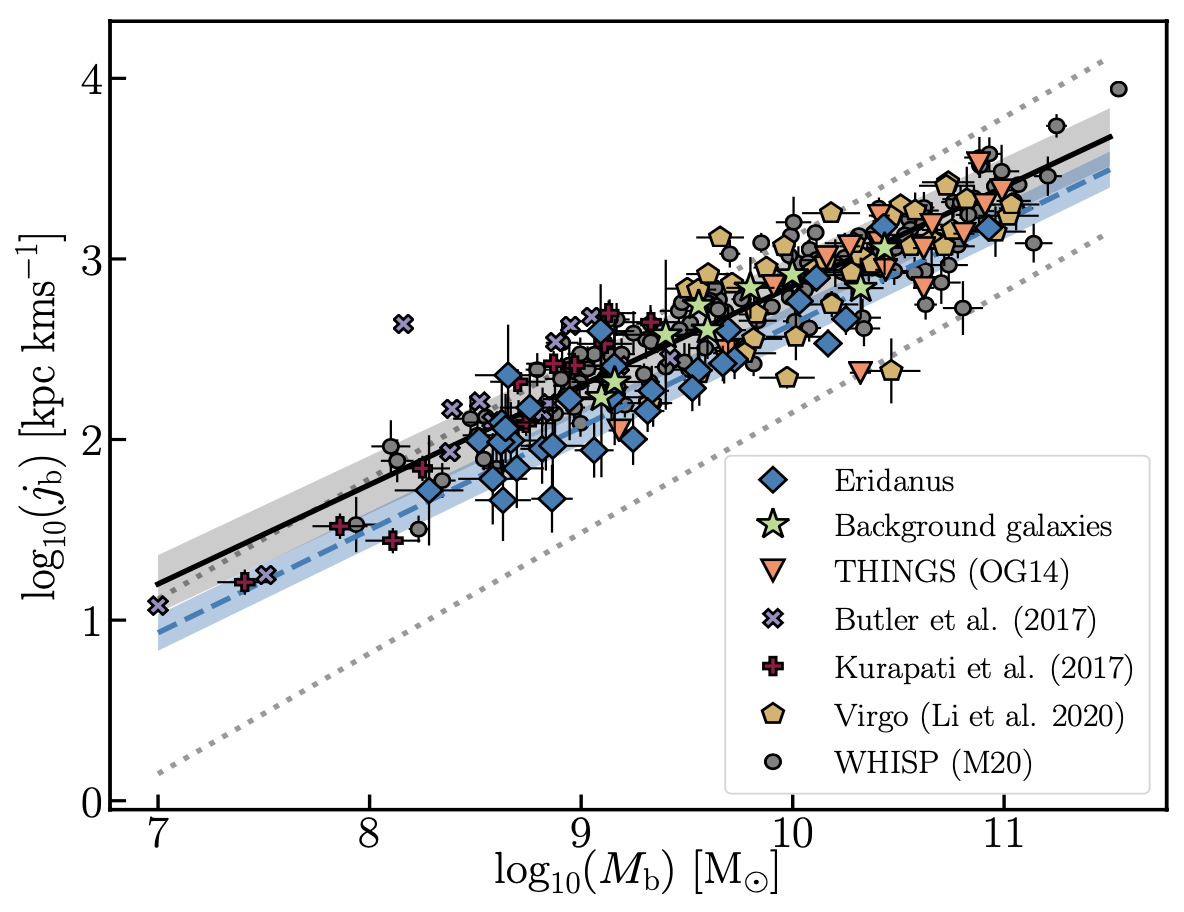
In this work, which has been accepted for publication in MNRAS, we use high-resolution ASKAP observations of galaxies in the Eridanus supergroup to study their HI, angular momentum and star formation properties, as part of the WALLABY pre-pilot survey efforts. The Eridanus supergroup is composed of three sub-groups in the process of merging to form a cluster. The main focus of this study is the Eridanus (or NGC 1395) sub-group. We compute the baryonic specific angular momentum of the galaxies using robust rotation curves derived from 3D tilted-ring modelling of the HI emission.
The baryonic specific angular momentum – baryonic mass (jb − Mb) relation for the Eridanus galaxies is observed to be an unbroken power law of the form jb ∝ Mb0.57±0.05 , with a scatter of 0.10 ± 0.01 dex, consistent with previous works (Figure 2). The fact that this relation holds over 5 orders of magnitude in Mb has important implications for our current cosmological models and serves as a robust benchmark for simulation studies.
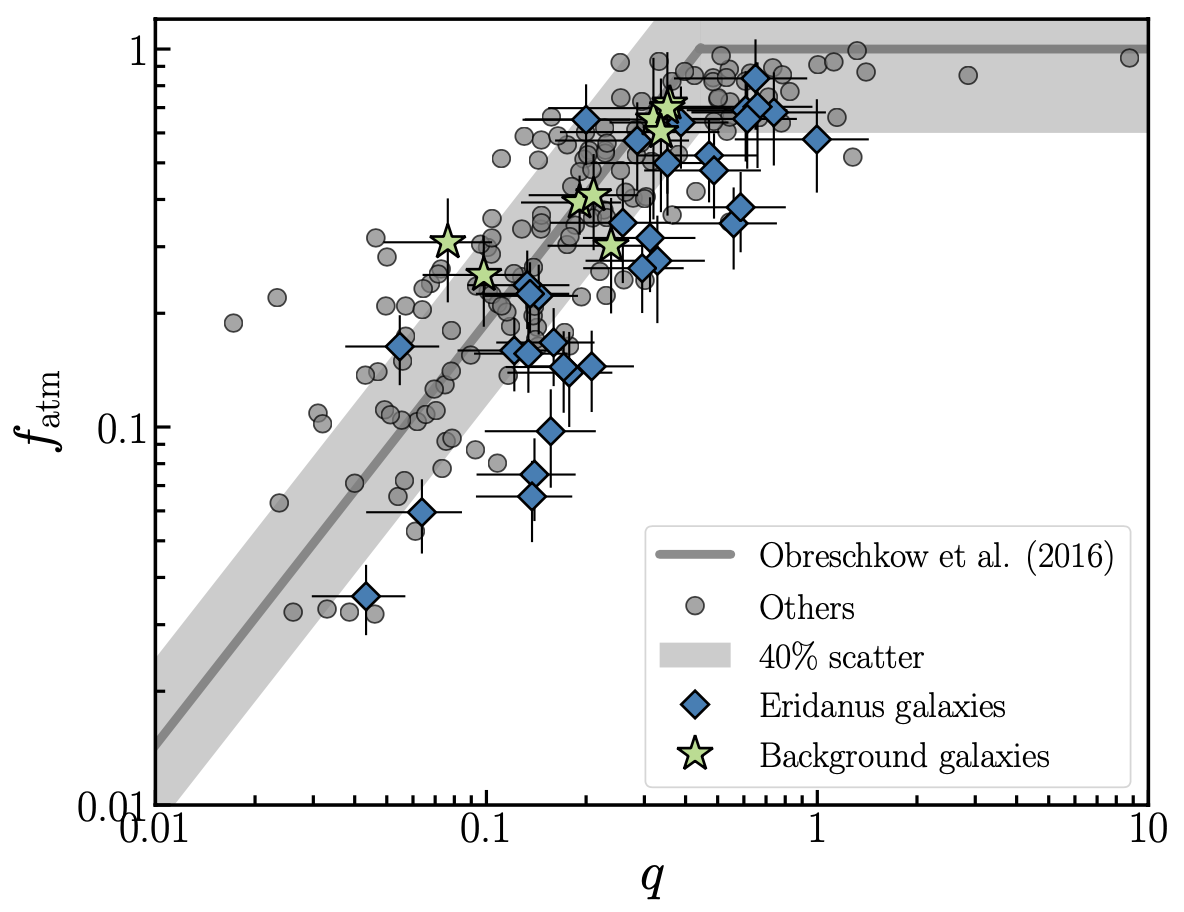
We also examined the relation between the atomic gas fraction fatm = 1.35MHI/Mb, and the integrated atomic disc stability parameter q = σjb/GMb (the fatm – q relation), where MHI is the HI mass, σ is the HI velocity dispersion and G is the Universal gravitational constant. We find that the Eridanus galaxies deviate significantly from the relation owing to environmental processes such as tidal interactions and ram-pressure affecting their HI gas (Figure 3). We find that a majority of the Eridanus galaxies are HI-deficient compared to normal star-forming galaxies in the field. We also find that the star formation among the Eridanus galaxies may be suppressed owing to their environment, thus hinting at significant levels of pre-processing within the Eridanus sub-group, even before the galaxies have entered a cluster-like environment.
HI Content of the Eridanus Supergroup
by Bi-Qing For
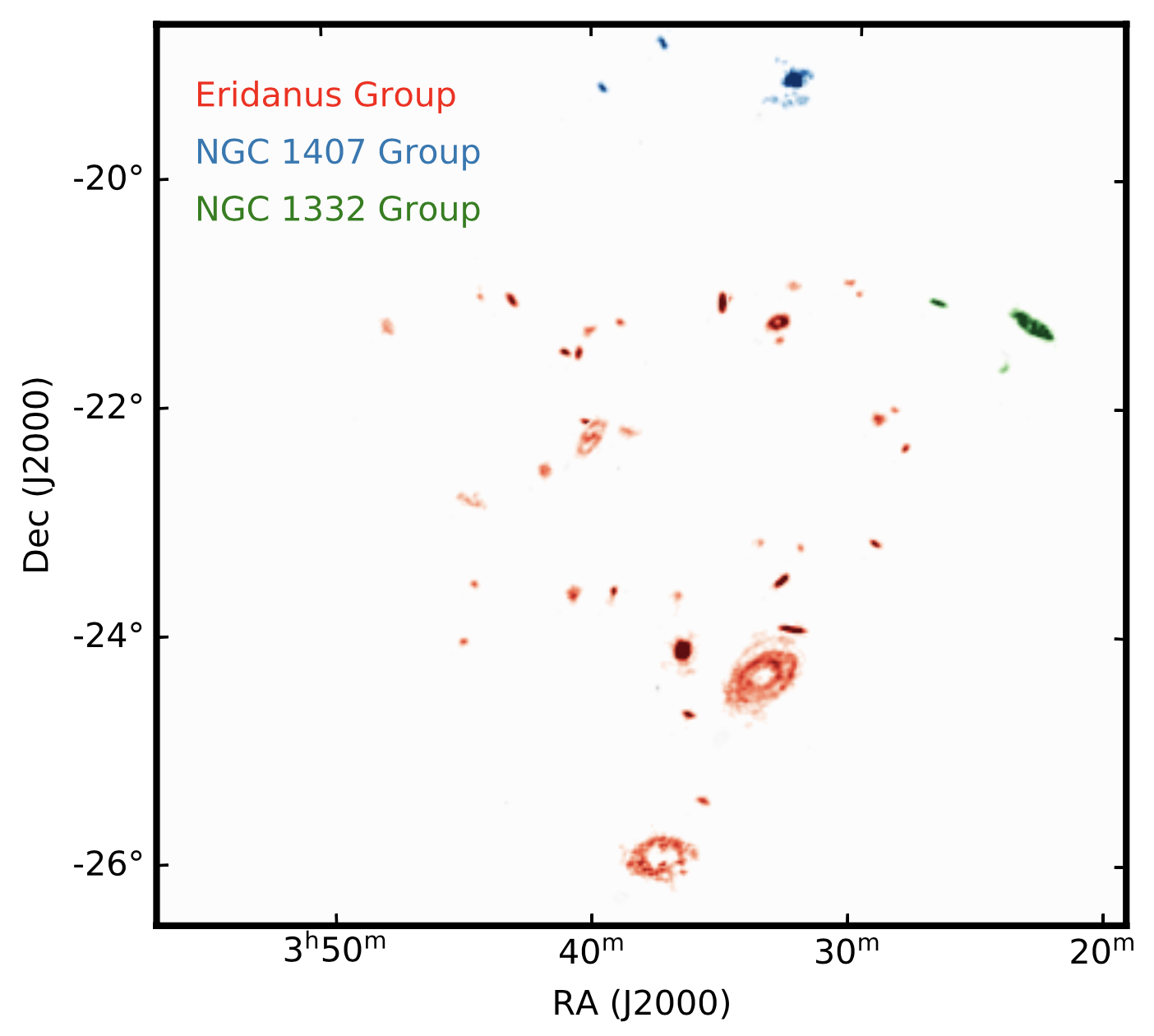
This work has been accepted for publication in MNRAS. In this paper, we present the HI content of sources detected in the Eridanus field. This includes two massive HI clouds, the Eridanus Supergroup and background galaxies that resembles ‘the Great Wall’ feature connecting the cosmic web. A supergroup is a group of groups that may eventually merge to form a cluster. The Eridanus supergroup is made up of three groups: Eridanus, NGC 1407 and NGC 1332 groups (Figure 4). We find all detected galaxies present a distorted HI morphology suggesting ongoing tidal interactions within the subgroups. The Eridanus group has a large fraction of HI deficient galaxies as compared to previously studied galaxy groups. These HI deficient galaxies are not found at the centre of the group. We also find that galaxies in the Eridanus supergroup do not follow the general trend of the atomic gas fraction versus stellar mass scaling relation (Figure 5), which indicates that the scaling relation changes with environmental density. In general, most of these galaxies are actively forming stars.
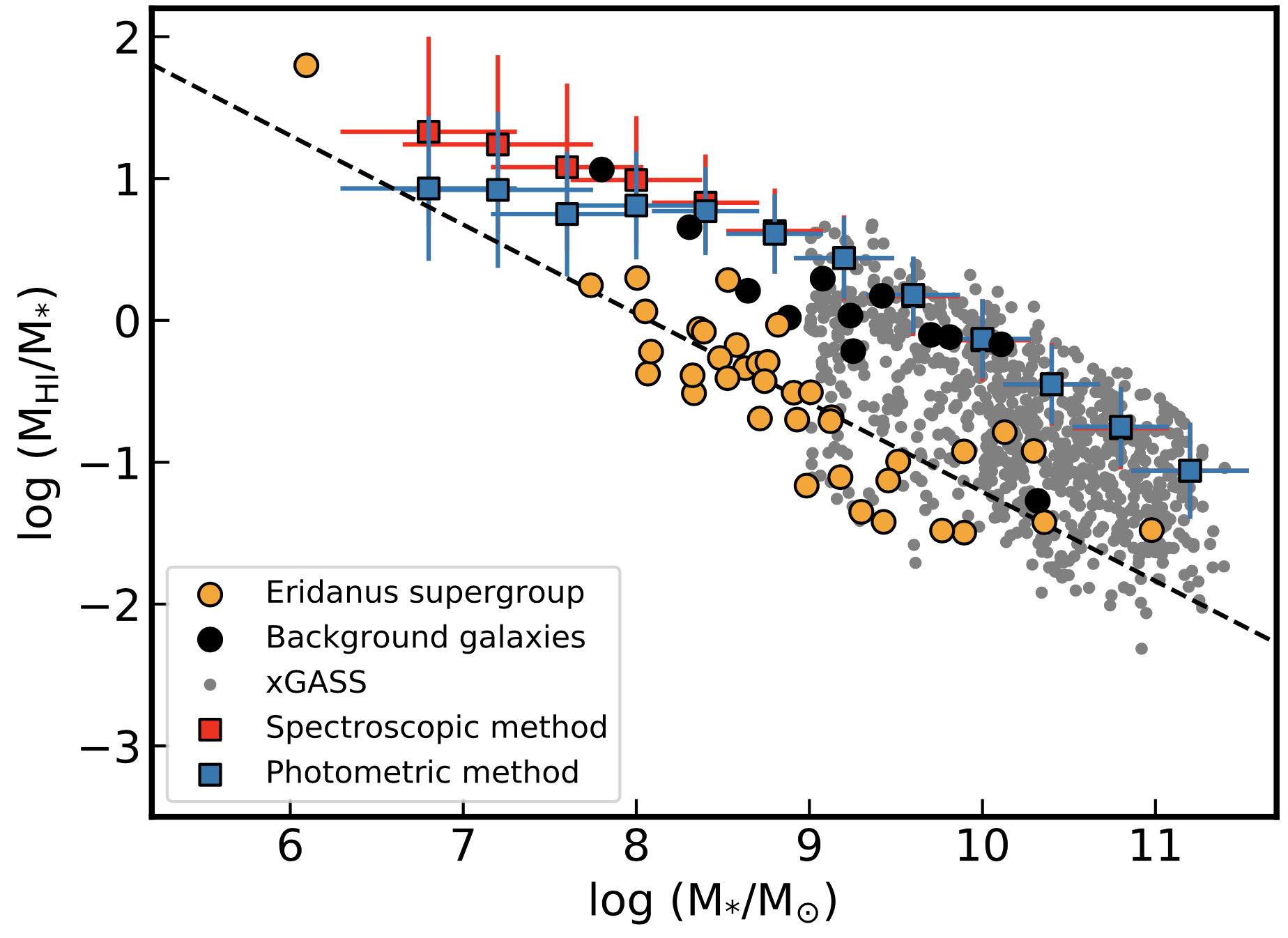
WALLABY Galaxy Morphometrics
by Benne Holwerda
Wallaby promises to be an amazing survey with which to study HI morphology over a wide range of environments. Since 2011, I have been working on and off on applying galaxy morphometrics, boiling down the complex shapes of galaxies down to a few numbers, on HI moment 0 maps.
This sounds a little easier than it is. Interferometric HI maps often miss some spatial scale corresponding to the shortest baseline and the dynamic range in an HI map is typically only an order of magnitude rather than tens of orders of magnitude in optical and ultraviolet imaging. Plus completely different physical processes may shape the same morphologies.
To obtain the best results, it is therefore optimal to compare HI morphometrics within the same survey and distances. The Hydra cluster data was an ideal first dataset. Large enough for some statistics but not too big, environmental effects and plenty resolved sources. I applied the morphometrics to both the HI map and the GALEX data because the HI contour is a perfect flexible aperture for ultraviolet emission from resolved galaxies.
Initially I applied statmorph on DR1 but with the Wang et al. (2021) paper coming out on the ram pressure stripping, it was too tempting not to try for DR2. Well. That broke statmorph for a bit and set back this paper a few months.
Not to worry, the end result is a small statistics sample on which we can try some simple Machine Learning (ML) techniques. How well can HI morphology identify ram pressure stripping? I opted for ML not because the catalog was so large but because we have a clear feature space (the HI morphometrics) and clear labels from the Wang et al. (2021) paper (ram pressure stripping y/n?). And we — well I — have next to no intuition where in morphology space RPS galaxies should lie or what a good metric would be.
DR2 finally processed with statmorph, and I am busy finishing up this paper!
TWG 3 – Data Processing, Imaging and Quality Control
by Bi-Qing For
It has been a few busy months. We are pleased to announce that the HTML data validation reports for the Galactic channels of pilot survey fields have been uploaded to CASDA. Along with the help of SWG 1 (thanks to Helga Denes), a detailed description of the data quality for these channels has also been added to CASDA and the SWG 1 wiki: http://wallabyswg1.pbworks.com. In the meantime, the sub-working group is consolidating a list of spectral line data validation metrics that will be used to streamline the ASKAPSoft data processing. This is our contribution to the ASKAP computing team.
TWG 4 – Source Finding and Cataloguing
by Tobias Westmeier on behalf of TWG 4
TWG 4 has mostly completed source finding on the phase 1 WALLABY pilot survey data. SoFiA 2 managed to pick up 272 HI sources in the 60-deg² Hydra field, 144 sources in the eastern half (30 deg²) of the Norma field and 147 sources in the 60 deg² NGC 4636 field, with the latter field being marred by strong continuum residuals and missing data, thus requiring optical priors to extract the HI emission. Hence, approximately 560 galaxies were overall detected in the phase 1 pilot data so far and have been distributed to the science teams for scientific analysis.
We are pleased to announce that the paper describing the SoFiA 2 source finding pipeline as well as the SoFiA-X parallel framework has been accepted for publication in MNRAS. The paper will serve as a reference to the software and its performance and has been made available on arXiv at http://arxiv.org/abs/2106.15789.
Several improvements have been made to the SoFiA 2 pipeline, in particular to the reliability module, where additional diagnostic plots are now available. In addition, the user can now control the dimensionality and actual parameters of the parameter space across which the algorithm measures the density of positive and negative detections to determine the reliability of sources. The latest SoFiA 2 source code and user documentation are available on GitHub at https://github.com/SoFiA-Admin/SoFiA-2.
Finally, an international team of spectral-line source finding experts led by Tobias Westmeier participated in the SKA Science Data Challenge 2 (SDC2) which involved detecting galaxies injected into a large (~850 GB) SKA-like HI data cube. The challenge had a particular focus on accurately measuring several useful source parameters such as integrated flux, w₂₀ line width and HI disc size. Our team used the WALLABY source finding pipeline, SoFiA 2, in combination with the SoFiA-X parallel framework to tackle the challenge.
With the SDC2 now officially closed, we are delighted to announce that SoFiA has made it into third place out of about 40 participating teams. This is an excellent outcome – in particular as SoFiA is a blind source finding pipeline that does not depend on a training data set – and the culmination of many years of hard work by our dedicated team of developers. We have been able to detect galaxies in the SDC2 data cube to a very high degree of completeness and reliability down to an integrated SNR level of about 3, giving us confidence that SoFiA is capable of meeting WALLABY’s HI source finding requirements. More information on the SKA Science Data Challenge 2 is available from the SKA website at https://sdc2.astronomers.skatelescope.org. The SKA Organisation is planning to prepare a formal paper describing the background and main conclusions from the challenge over the coming months.
I would like to thank the members of the SDC2 team “SoFiA” for their hard work and dedication without which this success would not have been possible. Specifically, Slava Kitaeff, Dave Pallot and Austin Shen have developed the SoFiA-X parallel framework and provided crucial technical assistance during the challenge. Kelley Hess, Thijs van der Hulst, Russell Jurek and Paolo Serra worked on optimising SoFiA’s parameter settings and made many useful suggestions that helped to maximise our final score.
TWG 5 – Kinematics Pipeline
by Kristine Spekkens
Over the past few months, Technical Working Group 5 (TWG 5) has produced kinematic models of resolved Hydra Pilot Survey Phase 1 detections in order to test modelling techniques and enable science by WALLABY members. A number of these detections are amenable to kinematic modelling, and the approach is to use existing 2D and 3D algorithms to fit rotating disk models to their HI morphologies and kinematics. Internal releases of these models are now available to all WALLABY team members through the wiki.
Kinematic models have been insofar internally released for almost 100 objects across all fields for which source finding results are available. The basic modelling approach consists of optimizing 3D rotating disk models to the data using both the 3DBarolo (Di Teodoro & Fraternali 2015, MNRAS, 451, 3021) and FAT (Kamphuis+ 2015, MNRAS, 452, 3139) algorithms, using mean values from and discrepancies between the models to best-fitting parameters and their uncertainties, and generating mean model datacubes using the new MGCSuite algorithm (Spekkens+ 2021, in prep). 2D models generated by BAYGAUD+2DBAT (Oh+ 2019, MNRAS, 485, 5021; Oh+ 2018, MNRAS, 473, 3256) are also being distributed, and may provide useful constraints on the better-resolved systems. This approach has been deemed reliable at estimating rotation curve amplitudes and disk geometries for detections that are spatially resolved by as few as 2-3 beams across the major axis and S/N ~ 1-2 per pixel. This implies that the number of WALLABY detections for which the disk structure can be constrained could be significantly higher than previously predicted using a 5-beam threshold (e.g. Koribalski et al. 2020).
TWG 5 will continue to distribute kinematic models to the WALLABY team as new Pilot Survey data are internally released, with a focus on distributing models in which rotation curves and disk geometries are homogeneously and reliably constrained as soon as possible after the data are available. Future work for TWG 5 includes developing reliable geometric corrections for measured surface density profiles in the marginally-resolved regime, automated selection of modelling candidates from source finder outputs, and the development of a password-protected archive from which to distribute models and cubelets to the team and ultimately to the broader astronomical community in concert with the WALLABY Pilot Survey Phase 1 data release plan being drafted now.
TWG 5 would appreciate feedback on the utility of the models distributed to the team so far. Suggestions for improvement would be particularly useful: if you have a science case that requires a rotating disk model, please get in touch! In addition, WALLABY members who wish to join TWG 5 to contribute to this effort are always welcome. Regular updates regarding TWG 5 activities and meetings are posted on the WALLABY wiki. Stay tuned!
TWG 7 – WALLABY Cat
by Tristan Reynolds
There are a number of activities ongoing within TWG 7. Current progress on the post processing workflow includes developing a pipeline for downloading WALLABY spectral line cube footprints from CASDA, mosaicking them and running SoFiA to produce level 7 data products (e.g. source catalogues, spectra, moment maps, etc.) which are added to the WALLABY database. We are preparing for Pilot Survey phase 2 which will be used to test this workflow. We are also developing an interface for the WALLABY team to use to access the WALLABY database. Moving forward from Pilot phase 2, the WALLABY team will access data through the WALLABY database (no more dropbox links!). Phase 1 data will also be accessible through the database.
TWG 7 has also been working towards the Pilot Survey phase 1 public data release for early 2022. This will be facilitated through the Canadian Astronomy Data Centre (CADC). The public data release will include HI detected source data products (catalogues, spectra, cubelets, moment maps, etc.) and kinematic models for the three Pilot Survey phase 1 fields.
Work is also ongoing setting up and testing database replication between AusSRC (Australia), CIRADA (Canada) and the SKA region centre (SKA RC, Spain). This will enable source finding to be run at the AusSRC node which will update the databases in Canada and Spain. Then the kinematics pipeline at CIRADA can run and update the databases in Australia and Spain. The plan will be for multi-wavelength image cutouts to be produced for each WALLABY detection at the SKA RC.
We are also planning on releasing the full A/B footprint mosaicked spectral line cubes for the Pilot Survey fields as level 7 data products on CASDA. This will enable science not possible with the HI detections from source finding (e.g. HI stacking of galaxies not individually detected by WALLABY). These cubes will made accessible through the CASDA cutout server. CASDA is also planning on replacing the current cutout server, which requires manually selecting a cutout region in the image. The replacement cutout server will be similar to the CIRADA image cutout service (http://cutouts.cirada.ca) for which the user provides coordinates and image size and selects their survey/s of interest. For WALLABY, the CASDA version will also require the user to provide a spectral range, which will limit the data volume of the cutout subcubes. For the full survey, CASDA will not store the full mosaicked cubes for each WALLABY tile. Instead, cutouts will be made from individual footprint cubes covering the user’s requested region and these cutouts will be mosaicked and provided to the user for download.
SWG 1 – Galactic HI and High Velocity Clouds
by Helga Dénes and Bi-Qing For
One of the main aims of the ASKAP phase 2 pilot observations is to test commensality with other ASKAP surveys. The frequency range at which WALLABY is observing also covers the range of Galactic HI emission, which makes WALLABY complementary to the GASKAP survey. Currently the two surveys are observing at different frequency resolutions (3.92 km/s and 0.1 km/s), optimized to the different main science cases of the surveys. Part of the phase 2 pilot commensality tests is to evaluate if a common frequency resolution could be used for joint observations for the two surveys. In addition, there are ongoing discussions on joint projects between the surveys. We would also like to encourage WALLABY team members who are interested in Galactic studies to propose project with the WALLABY Milky Way data or joint projects between WALLABY and GASKAP. Questions about the WALLABY Milky Way data or about proposing projects can be sent to the chairs of SWG 1 (Bi-Qing For and Helga Dénes).
Currently there are three linearly mosaicked Milky Way data cubes available from the WALLABY phase I pilot survey. These cubes cover a range of -300 km/s to 600 km/s at a velocity resolution of 3.92 km/s. The data quality is good for science for the Hydra and the Norma fields, but unfortunately not good for most coverage area of the NGC 4636 field. To highlight the quality of the data, Figure 6 shows an example of Galactic HI absorption against a continuum source in the Norma field compared to HI emission spectra from the Galactic All Sky Survey (GASS). There are approximately 600 continuum sources in each of the pilot fields that can be searched for Galactic HI absorption. Out of these, 301 show absorption in the Norma field and 56 in the Hydra field with average peak optical depths of 0.4 and 0.1 respectively.
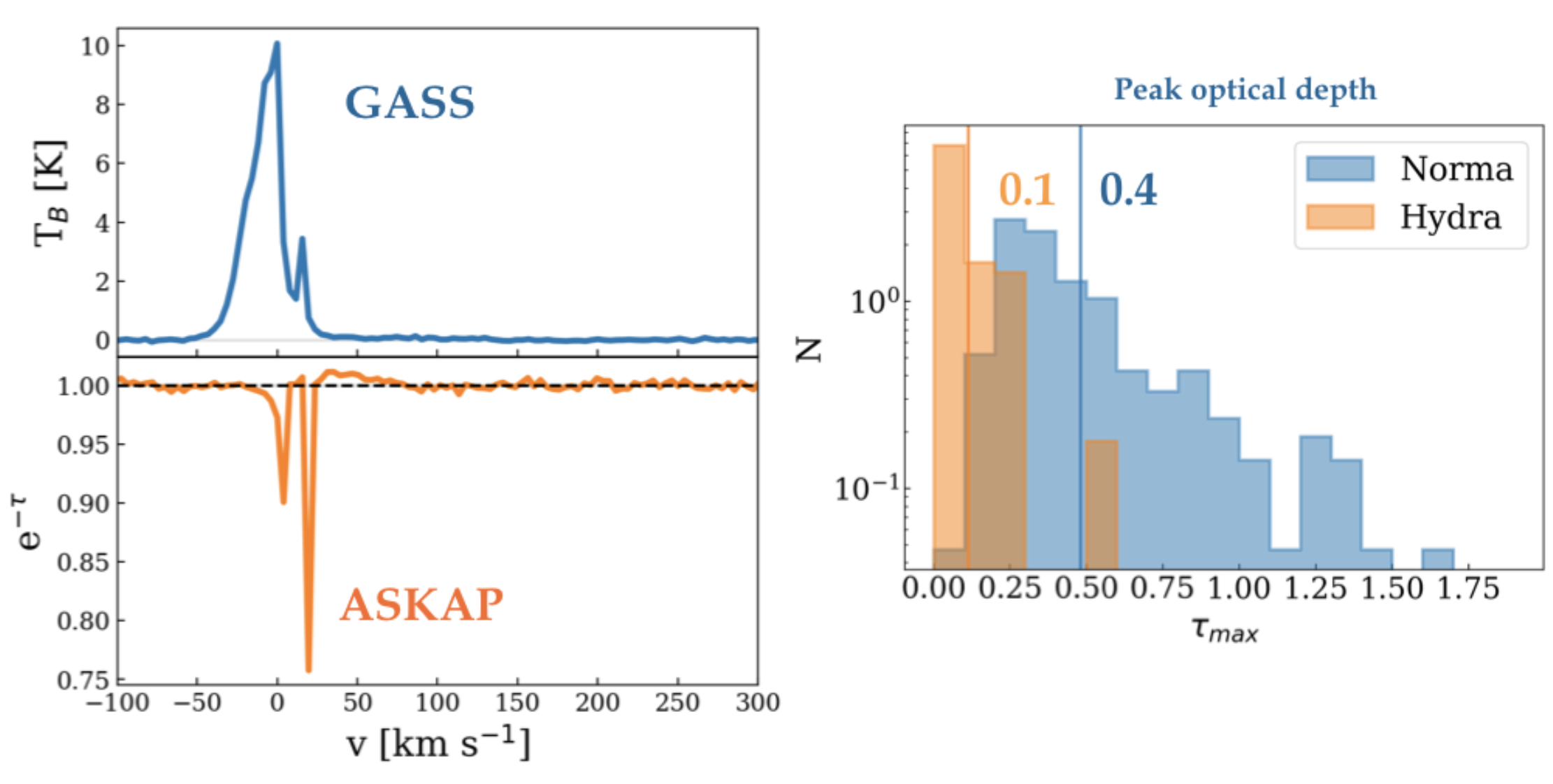
SWG 2 – Local Volume
by Ivy Wong and Se-Heon Oh
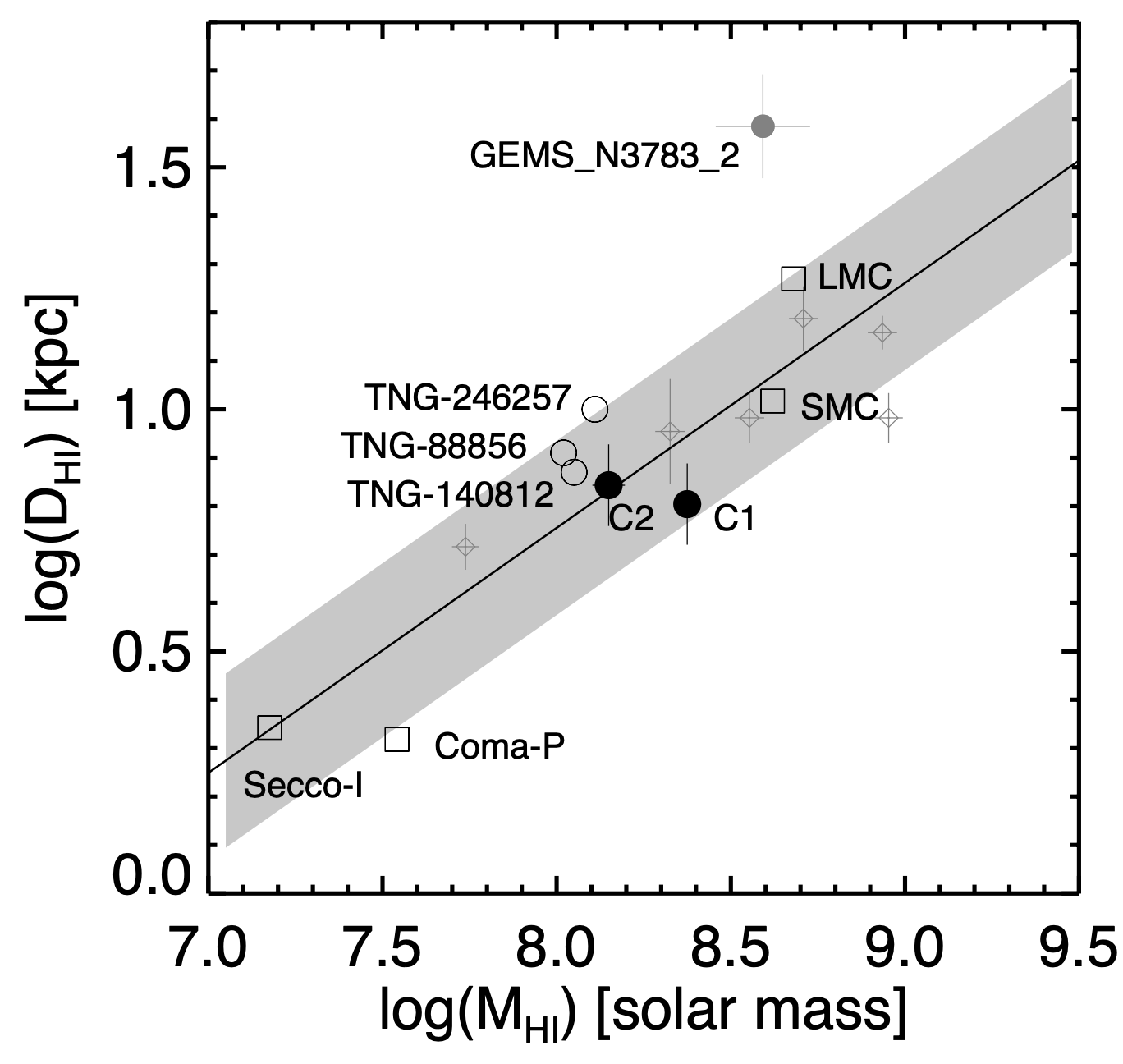
Much of the progress since February 2021 relates to the submission of papers for publication based on the pre-pilot Eridanus observations. The Eridanus catalogue paper is led by Bi-Qing and the angular momentum paper based on this catalogue is led by Chandra. Both papers have been accepted for publication by MNRAS. The paper that investigates the nature of 2 dark HI clouds within the vicinity of NGC 1395 (led by Ivy) has also been accepted for publication MNRAS. An interesting result from Ivy’s paper is that the HI sizes and masses of these 2 clouds (C1 & C2) are consistent with that of other dwarf galaxies — be they tidal dwarf galaxies, ultra-diffuse dwarf galaxies, primordial dwarf galaxies (from TNG100 simulations) or the Magellanic Clouds (Figure 7).
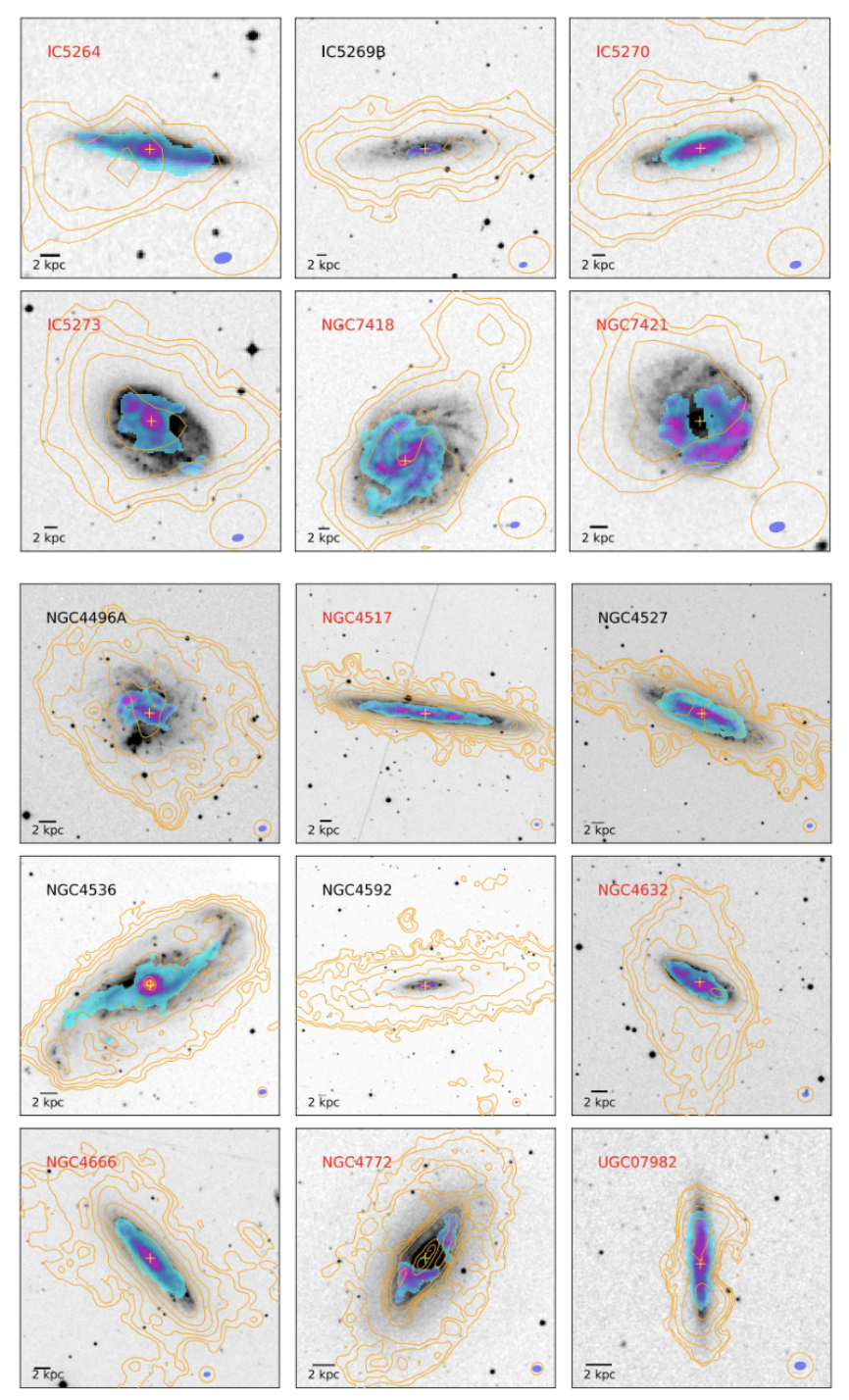
Recently, Bumhyun circulated a paper draft to the WALLABY team for internal review which discusses the effects of the loose group environment on the molecular gas properties of group galaxies from an ALMA/ACA CO survey of the IC 1459 group and the NGC 4636 group. One of the main results derived from these group galaxies for which multi-wavelengths (HI, IR, and FUV) data are available (including ASKAP HI data) is that galaxies in group environment tend to have relatively low SFR and molecular gas fraction compared to the control sample galaxies from xCOLD GASS. This indicates a possibility of group pre-processing in galaxy evolution (Figure 8 presents the HI and CO distribution of 15 group galaxies).
As a preview into future science papers that may be of interest to SWG2 members, Lister & Jing are leading a new paper on NGC 4532 and its vicinity (from the NGC 4636 pilot observations). Jing will be getting FAST observations of this system to include in this paper’s analysis. Looking forward to these new results!
The processing of the pre-pilot observations, Phase 1 pilot fields and Phase 2 Quality gate observations (NGC 5044) are fairly advanced, if not completed, we would like to strongly encourage everyone to propose for papers on existing Local Volume galaxies that have been observed, processed and for which the Kinematics team (TWG5) have derived a suite of optimal kinematics models. Feel free to use the SWG2 Google Group to accrete like-minded team collaborators and members.
SWG 5 – Multi-wavelength and ASKAP Survey Synergies
by Luca Cortese and Li Shao
TAIPAN access. Thanks to WALLABY team member Angel Lopez-Sanchez, the WALLABY team may have access to the TAIPAN instrument on the UK-Schmidt telescope at Siding Springs to obtain optical fiber spectroscopy for sources in the WALLABY fields. We are currently trialling this, and many thanks to Helene Courtois and collaborators for their help so far. We hope to be able to report to the team in the next newsletter. In the meantime, if you think your current WALLABY project may benefit from having additional optical spectroscopy, please do not hesitate to get in touch with the SWG 5 coordinators.
WALLABY-EMU synergies. The WALLABY and EMU teams have started discussions on how to better coordinate joint umbrella projects taking advantage of both WALLABY HI line and EMU continuum data. This will become more relevant when both projects will transition into full survey mode next year. SWG 5 is in charge of the coordination and we’ll provide updates to the team in due course. In the meantime, please feel free to contact Luca Cortese for any questions regarding WALLABY-EMU coordination.
Upcoming Meetings
2021 September 9: WALLABY Bi-monthly Science Meeting on the second Thursday of the month (online/virtual attendance)
2021 November 9-11: 7th ACAMAR Workshop (online/virtual attendance and in person at The Vines Resort, Swan Valley, WA, Australia and The Ramada Wyndham Pearl, Guangzhou, China)
2021 November/December: Plan is to have a larger (~1 day) WALLABY Science Meeting towards the end of the year exact date to be confirmed (online/virtual attendance)
WALLABY Publications
Jan 2021 – Aug 2021:
- Wang, J., Staveley-Smith, L., Westmeier, T., Catinella, B., Shao, L., Reynolds, T.N., For, B.-Q. et al 2021, WALLABY Pilot Survey: The Diversity of Ram Pressure Stripping of the Galactic HI Gas in the Hydra Cluster, The Astrophysical Journal, 915, 70
- Reynolds, T.N., Westmeier, T., Elagali, A., Catinella, B., Cortese, L., Deg, N., For, B.-Q., Kamphuis, P. et al 2021, WALLABY Pilot Survey: First Look at the Hydra I Cluster and Ram Pressure Stripping of ESO 501-G075, Monthly Notices of the Royal Astronomical Society, 505, 1891
- Westmeier, T., Kitaeff, S., Pallot, D., Serra, P., van der Hulst, J.M., Jurek, R.J., Elagali, A. et al 2021, SoFiA 2 – An Automated, Parallel HI Source Finding Pipeline for the WALLABY Survey, Monthly Notices of the Royal Astronomical Society, 506, 3962
- For, B.-Q., Wang, J., Westmeier, T., Wong, O.I., Murugeshan, C., Staveley-Smith, L., Courtoi, H.M., Pomarède, D., et al 2021, WALLABY Pre-Pilot Survey: HI Content of the Eridanus Supergroup, Monthly Notices of the Royal Astronomical Society, accepted, arXiv:2108.04410
- Wong, O.I., Stevens, A.R.H., For, B.-Q., Westmeier, T., Dixon, M., Oh, S.-H., Józsa, G.I.G., Reynolds, T.N. et al 2021, WALLABY Pre-Pilot Survey: Two Dark Clouds in the Vicinity of NGC 1395, Monthly Notices of the Royal Astronomical Society, accepted, arXiv:2108.04412
- Murugeshan, C., Kilborn, V.A., For, B.-Q., Wong, O.I., Wang, J., Westmeier, T., Stevens, A.R.H., Spekkens, K. et al 2021, WALLABY Pre-Pilot Survey: The Effects of Angular Momentum and Environment on the HI Gas and Star Formation Properties of Galaxies in the Eridanus Supergroup, Monthly Notices of the Royal Astronomical Society, accepted, arXiv:2108.04414
